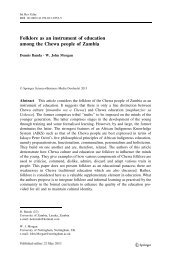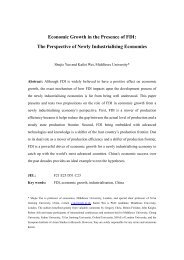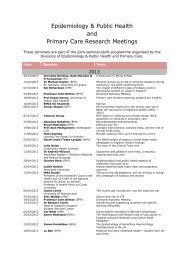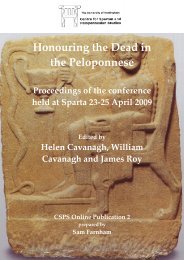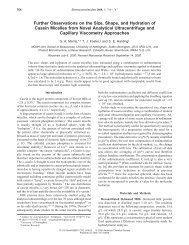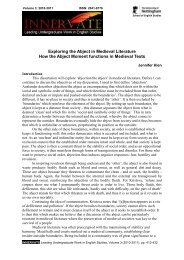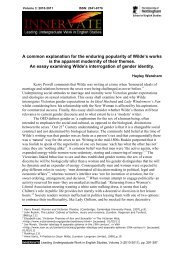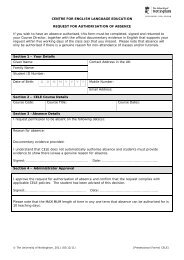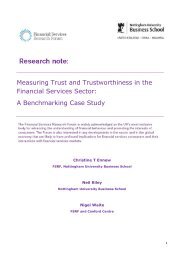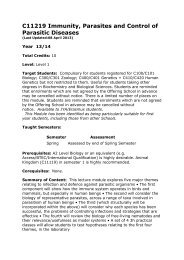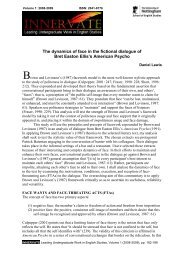Grouted Macadam: Material Characterisation for Pavement Design
Grouted Macadam: Material Characterisation for Pavement Design
Grouted Macadam: Material Characterisation for Pavement Design
Create successful ePaper yourself
Turn your PDF publications into a flip-book with our unique Google optimized e-Paper software.
Chapter 2 Review of “Traditional” Road <strong>Pavement</strong> Types and <strong>Design</strong><br />
In another study carried out in Spain, the application of pre-cracking techniques in<br />
cement treated layers was investigated with different spacings between the cracks.<br />
As a final conclusion from this study, it can be stated that wet-<strong>for</strong>ming of joints at<br />
short distances (2.5 to 3.5 m) is probably the most effective measure to minimise the<br />
problems associated with reflective cracking (Jofré et al., 2000).<br />
Nowadays, some pavements are constructed with a surface course made of semiflexible<br />
materials and are there<strong>for</strong>e classified as semi-flexible pavements (Mayer and<br />
Thau, 2001). In the next chapter, a description of these materials and results from<br />
previous research are presented.<br />
2.3 <strong>Design</strong> of <strong>Pavement</strong>s<br />
The design of a pavement comprises the establishment of a structure that ensures a<br />
good per<strong>for</strong>mance of the pavement under load applications and adverse climatic<br />
conditions. With the experience obtained over the years by researchers and<br />
institutions, several methods have been developed <strong>for</strong> the design of pavements.<br />
These methods are generally classified in three types, the empirical, the analytical<br />
and the mechanistic methods, although some methods use a combination of two<br />
types (AMADEUS, 2000).<br />
Current UK pavement design and structural maintenance practice has been<br />
developed by a combination of practical experience, laboratory research and fullscale<br />
road trials. Structural design standards <strong>for</strong> roads were first set out in Road Note<br />
29, which was published in three editions in 1960, 1965 and 1970. It used the<br />
observed per<strong>for</strong>mance of a number of experimental constructions within the public<br />
road network as a basis <strong>for</strong> design curves relating traffic loading to subgrade strength<br />
(Hunter, 2000).<br />
In 1984, Transport Road Research Laboratory (TRRL) published the Laboratory<br />
Report LR 1132, where a new approach to pavement design was made. That report<br />
was based not only on empirical knowledge but also on theoretical concepts of<br />
pavement design. At that time, the empirical design method used in Road Note 29<br />
28



